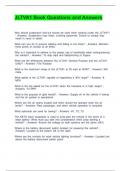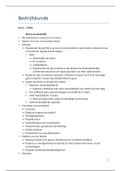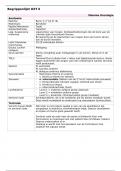Andere
Literature People, Place and Culture 17/18
- Kurs
- Hochschule
All the literature of the course PPC, being: Ritzer, G. (1983) “The ‘McDonaldization’ of Society”, Journal of American Culture, vol. 6 (1), 100-107 Massey, D. (1994) “A Global Sense of Place” in: Space, Place and Gender, Minneapolis: University of Minnesota Press – traceable through...
[ Mehr anzeigen ]













